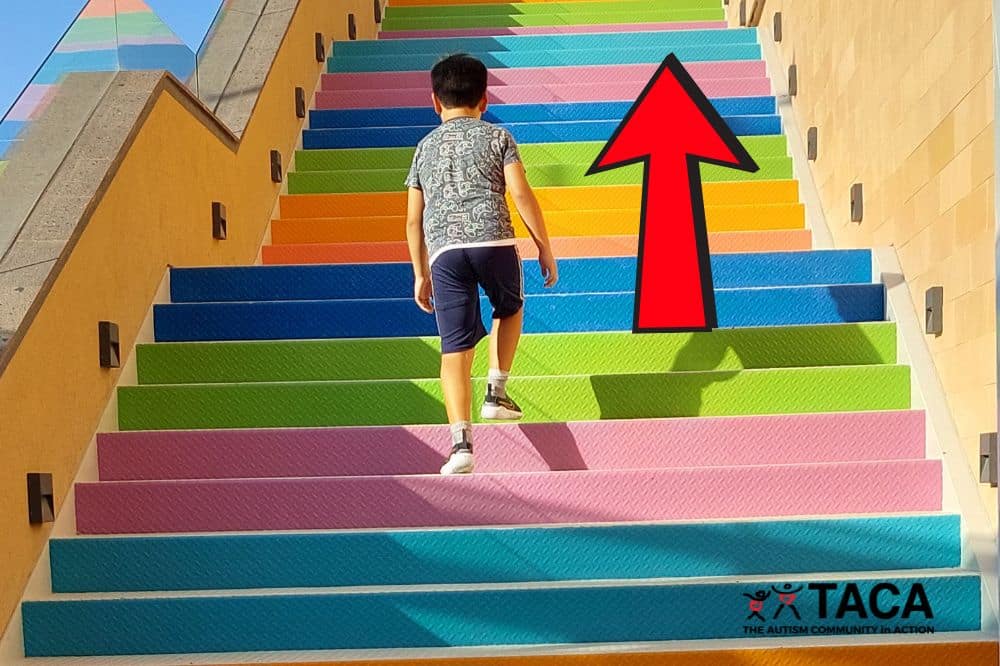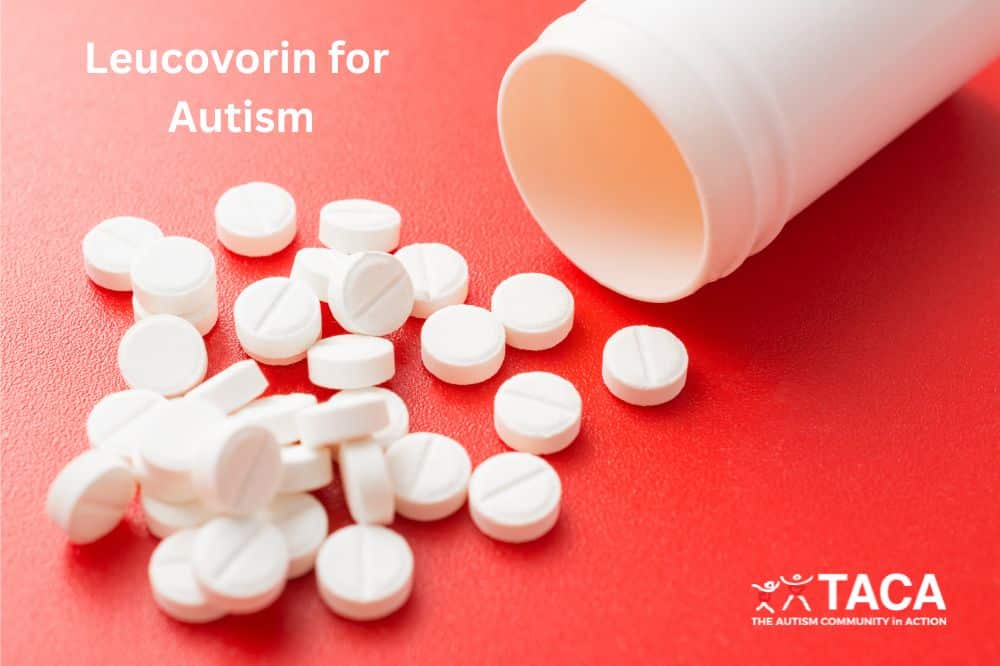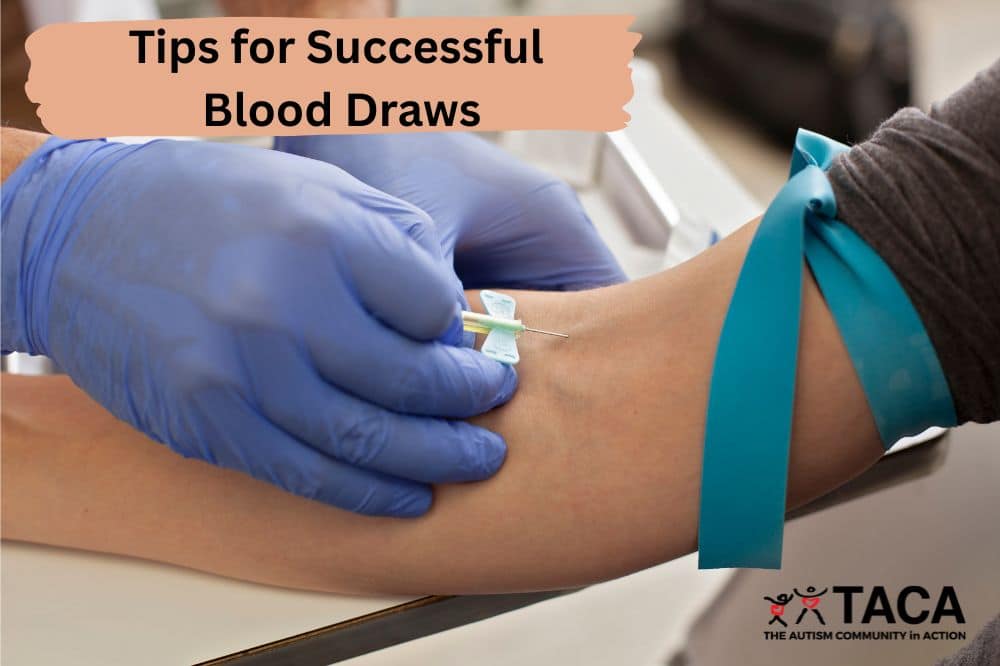Mold and Mycotoxins
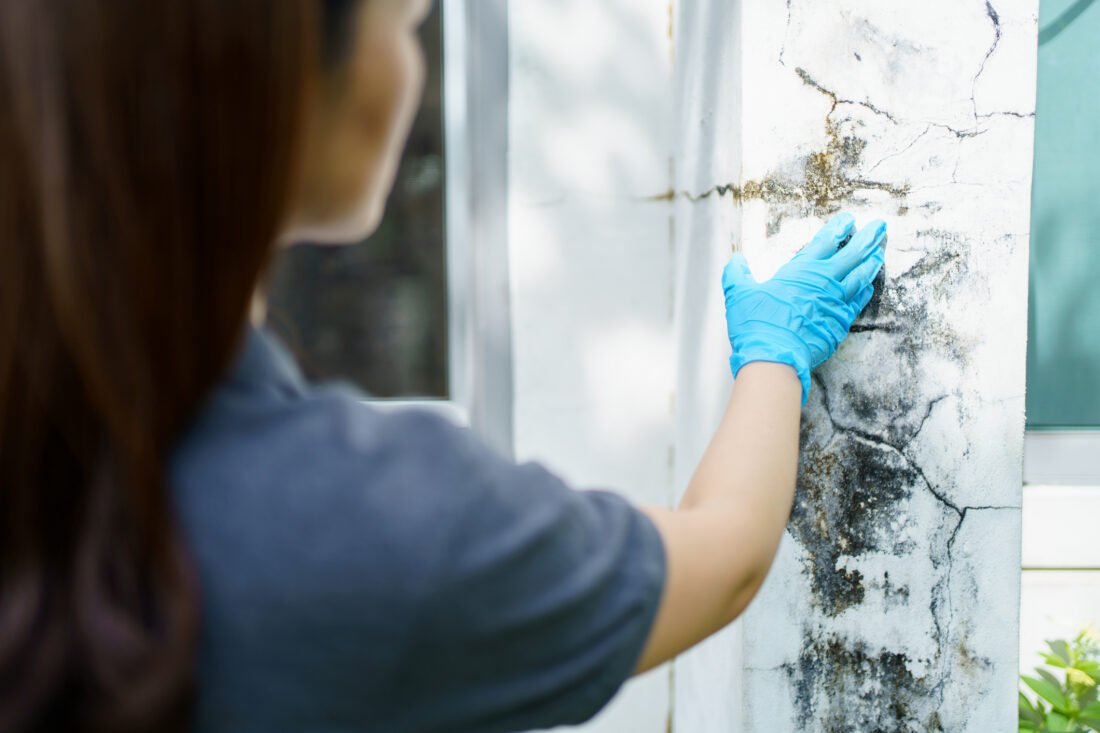
All contents of this resource were created for informational purposes only and are not intended to be a substitute for professional advice, diagnosis, or treatment. Always seek the advice of your physician, therapist, or other qualified health providers with any questions or concerns you may have.
Mold exposure can be a contributing factor to autism in some kids. This exposure can cause health concerns including allergy symptoms, fatigue, brain fog or more serious immune system issues. In addition, it is known that kids with autism have an impaired ability to detoxify, therefore, leaving them more susceptible to mold releasing mycotoxins.
This TACA article will discuss:
- Possible symptoms of mycotoxin toxicity
- The difference between mold and mycotoxins
- Mold Colonization
- Testing your home for mold
- Mycotoxins
- Safe testing and remediation
Possible Symptoms of Mycotoxin Toxicity
Mold is sneaky and the symptoms are varying because mold and their mycotoxins are immunosuppressive. When the immune system is suppressed, other issues (Lyme, viruses, chronic strep, gut dysbiosis) start popping up. Therefore, keep an eye out for these listed symptoms. When these types of symptoms pop up in clusters, you may want to investigate your home for mold.
- Autoimmune diseases
- Cognitive impairment, brain fog, and memory loss
- Depression, anxiety, and other mood imbalances
- Eczema, psoriasis, or rashes
- Fatigue or chronic fatigue syndrome
- Fibromyalgia, muscle weakness, and joint pain
- Food sensitivities
- Headaches
- Histamine intolerance
- Insomnia
- Leaky gut
- Lyme disease symptoms (often with a negative disease test)
- Metallic taste in the mouth
- Neurological issues
- Recurrent candida overgrowth (often despite diet change and treatment)
- Shortness of breath
- Sinus infections, allergies, asthma
- Frequent urination
- Better after staying somewhere else or after extended time outside.
- This may look like constant fluctuation of severity in behavioral symptoms associated with Autism.
Mold versus Mycotoxins
Firstly, it is important to know the difference between mold and mycotoxins.
- Mold is a fungal organism that grows on wet or decaying organic matter.
- Mycotoxins are the toxins produced by the fungal organism (mold) under threat.
Mold Colonization
How can you detect mold colonization in the body?
- Detection of colonization can be found on a Great Plains OAT test.
- Markers on a Great Plains OAT are 2, 4 and 5 which are possible indicators of aspergillus or other fungal species in the digestive tract or other areas prone to colonization.
- Here is a link to Dr. Woeller breaking down the OAT specific to mold.
How is mold colonization treated?
Sometimes symptoms resolve after leaving a moldy environment, however, other times clinical intervention is needed.
- Mold colonization is often treated with prescription or herbal antifungals.
- Additionally, treatment may (or may not) be paired with binders in order to ease die-off symptoms.
- Finally, mycotoxins excrete primarily through the liver and stool, so pooping twice daily (about 8-12 inches of stool per day) will be very helpful.
What are the effects of colonized mold on the body?
Mold can colonize in the gut, sinuses, and lungs. In addition, environmental and colonized mold can cause many health issues, including:
- Mast cell activation
- Stress on the immune system
- Both mast cell activation and immune dysfunction can lead to a PANS-like presentation of symptoms.
- It’s important to note that children with dysfunctional immune systems are at greater risk for colonization.
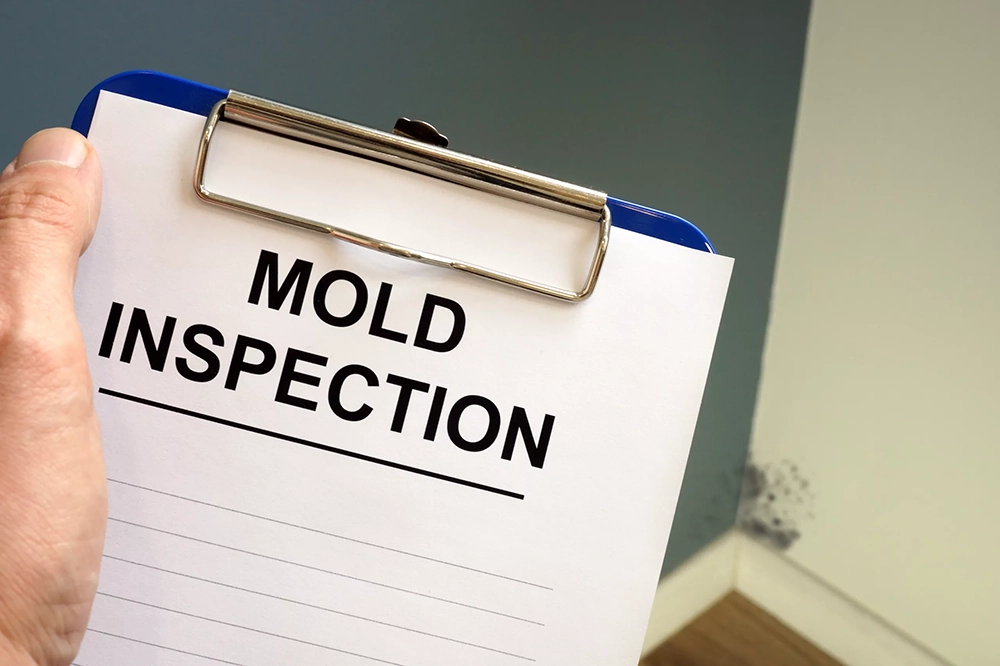
Testing your home for mold
The first step in assessing mold toxicity is to evaluate the home environment. If the person is living in mold, they have mold in their body. There are numerous tests that can be used, but a combination of testing is most revealing.
- ERMI – ERMI tests look for spores that have settled in dust around the home.
- ERMI is a good test to start with. Allow dust to accumulate in order to gain a good sample.
- However, some very heavy molds (that are also quite toxic) never settle in the dust. For this reason, they can be missed.
- In order to know the overall mold content of the home, you need to test several areas. The test kit says to collect from 10 spaces but you can collect from more.
- When using the ERMI kit, dust everything beforehand, then wait 4-6 weeks to let the dust settle again, and then do the test.
- The best places to collect dust are flat surfaces like door frames, light fixtures, tables, etc. Don’t collect directly off the floor or near windows or doors.
- Spore Trap/Air tests – These tests measure what is floating around in the air.
- Specifically, these are helpful in enclosed areas like inside wall cavities, inside cabinets or behind appliances.
- Air tests should be collected professionally.
- However, air testing only detects what has been disturbed and wafted into the air.
- Tape testing – These identify the species of mold.
- This can be collected by a professional or by yourself if there is visible mold.
- For example, this is a tape test you can do yourself.
- A combination of the above tests.
- Above all, the best approach to testing your home is using multiple types of testing done by a qualified environmental professional.
Types of Mold
There are numerous types of mold with varying levels of danger involved. Here, we would like to discuss Stachybotrys.
- No amount of Stachybotrys is safe.
- This is what is referred to as “black mold”.
- If this mold shows up on ERMI testing, it is cause for immediate concern.
Mycotoxins
Mycotoxins are environmental biotoxins and therefore are handled by the body’s detoxification system. They can cause very serious cumulative neurological damage, liver and kidney damage, and/or immunodeficiency or suppression. Mycotoxins impair mitochondria and deplete the body’s energy.
Mycotoxin Testing for your Child
Parents often want to know how to test their children for mycotoxins. Below, we list a few options, but remember that testing your home for mold will give you the most information.
- Mycotoxin Urine testing
- However, mycotoxin urine testing only looks at what the person is actively excreting.
- In addition, the detoxication system is impaired in many people diagnosed with autism.
- Since mycotoxin urine testing is dependent on a well-functioning detox system; these tests are not always accurate.
- Blood testing
- There is no testing for actual mold in the blood. There are only IgG antibody tests, which tests the body’s response to the mycotoxins.
- You can do these tests via Quest and Labcorp. However, there are lots of molds you could be exposed to that they don’t offer.
- The Alletess 15 mold antibody panel is a good option.
- The Alletess panel is a good way to assess current exposure. Check IgG results, as most people do not develop actual IgE (allergies) to mold.
- This test can only be ordered by a medical practitioner. It is a kit that needs to be ordered and then signed by a doctor.
- If you do not have a doctor, you can order serum mycotoxin testing through MyMycotoxin lab which also looks for antibodies.
- Elevated C4A and low MSH (on a blood test) are indicative of possible exposure to water damage.
- These can easily be ordered by a pediatrician.
- There is no testing for actual mold in the blood. There are only IgG antibody tests, which tests the body’s response to the mycotoxins.
How do I know if mycotoxins are an issue for my child with autism?
Since our kids with autism can have impaired detoxification, the most reliable way to know if this is an issue for your child is to look for evidence of water damage in your home.
- If water damage and mold are found in your child’s environment, mycotoxin exposure is assumed.
- Therefore, your child should be removed from the home while it is appropriately remediated with clear follow up testing.
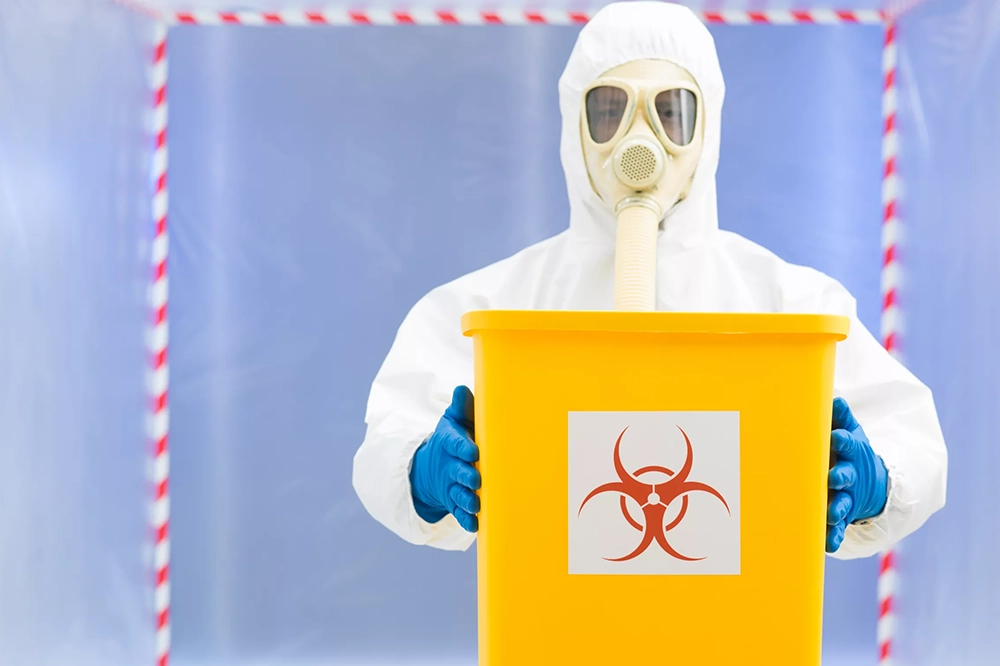
Safe Testing and Remediation
There are safe ways to both investigate for mold, and remediate.
- Never open up walls to expose hidden mold, or allow anyone else to do so.
- Rather, this needs to be done under containment to avoid releasing mycotoxins or spreading it around the house.
- Do NOT spray with bleach or other chemicals.
- This sets off the defense mechanism and releases more mycotoxins.
- To clarify, not only is it dangerous to attempt to kill mold in your home, but dead spores are still dangerous. Please note that mycotoxins cannot be killed.
- Instead, damaged materials need to be cut out and removed entirely under pressurized containment.
- A knowledgeable remediator does this.
- Find a certified inspector here:
- Find a certified remediator here:
- Note about home owner’s insurance:
- Most home owner’s polices do NOT cover mold remediation, however most will cover immediately reported water damage.
- In addition, temporary housing may be covered while remediation is taking place. Be sure to ask!
What to do if you cannot leave your home or afford remediation:
- Invest in air purifiers for the main living area and sleeping spaces.
- Popular brands for this purpose are Austin Air, Air Doctor, and Blueair.
- If these are outside of your budget, it is possible to make your own with a box fan and MERV 13 HVAC filters. You can find an instructional video here.
- Use a dehumidifier to keep the humidity in your home below 50%.
- Remember that humidity differs in different parts of the home. For example, the laundry room where clothes have just been washed will have higher humidity than the main living area.
- Furthermore, higher humidity levels may indicate active water damage or slab moisture being too high.
- Vacuum and dust surfaces often with the goal of removing and disposing of that dust.
- In addition, be mindful of the cleaning chemicals used.
- Wash bedding frequently and consider the use of borax in your laundry loads.
- Introduce outside air and encourage air flow within the home whenever possible, preferably in lieu of using the HVAC if weather allows.
- Finally, spend as much time as you are able outside of the home.
Conclusion
If there is mold in your home, it is possible that mycotoxins are contributing to your child’s symptoms of autism. Therefore, being diligent and looking for sources of water damage in your home can be helpful. Once the damage is properly remediated and your child is adequately treated for mycotoxins, you may see improvements in your child’s neurological and physical symptoms.


